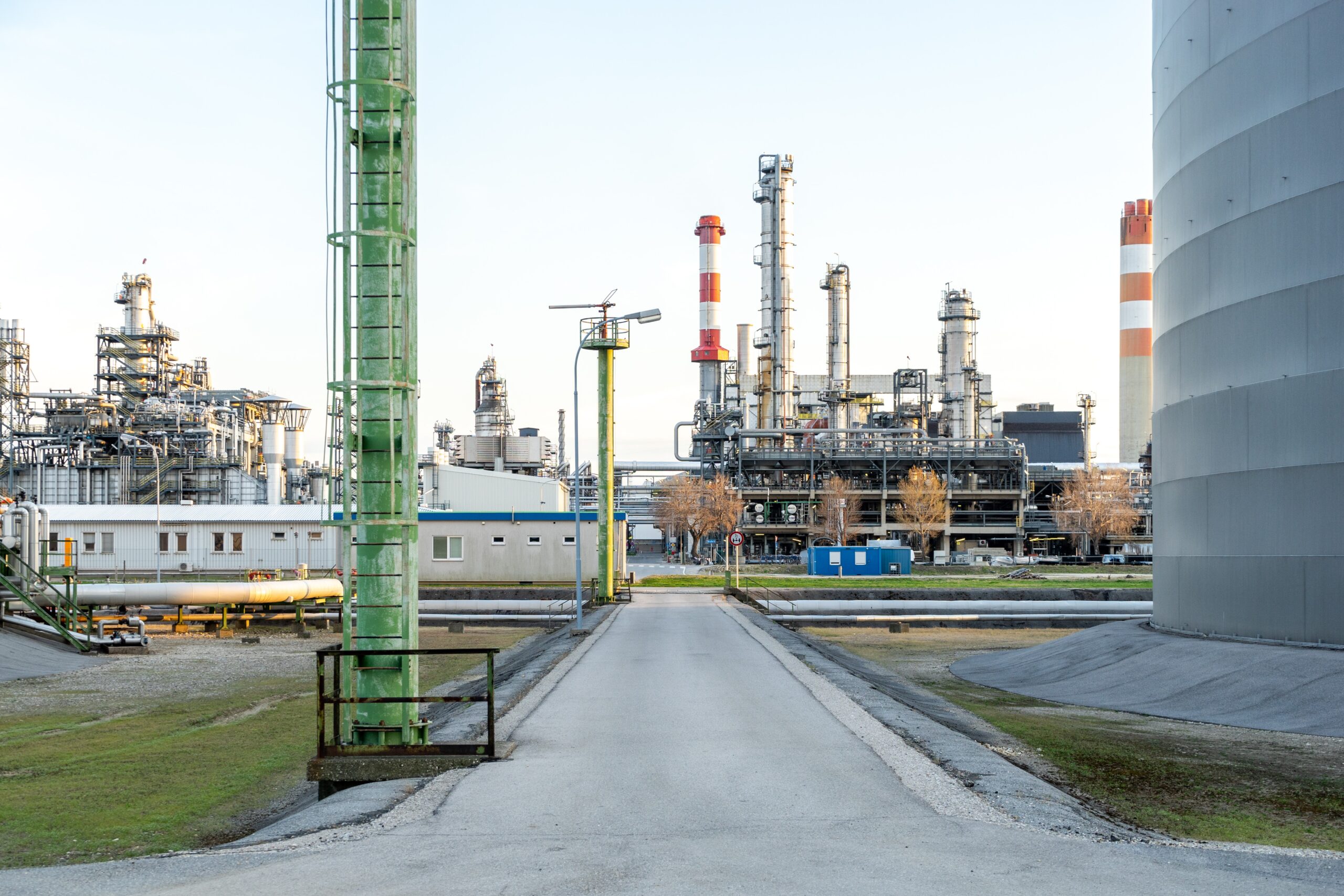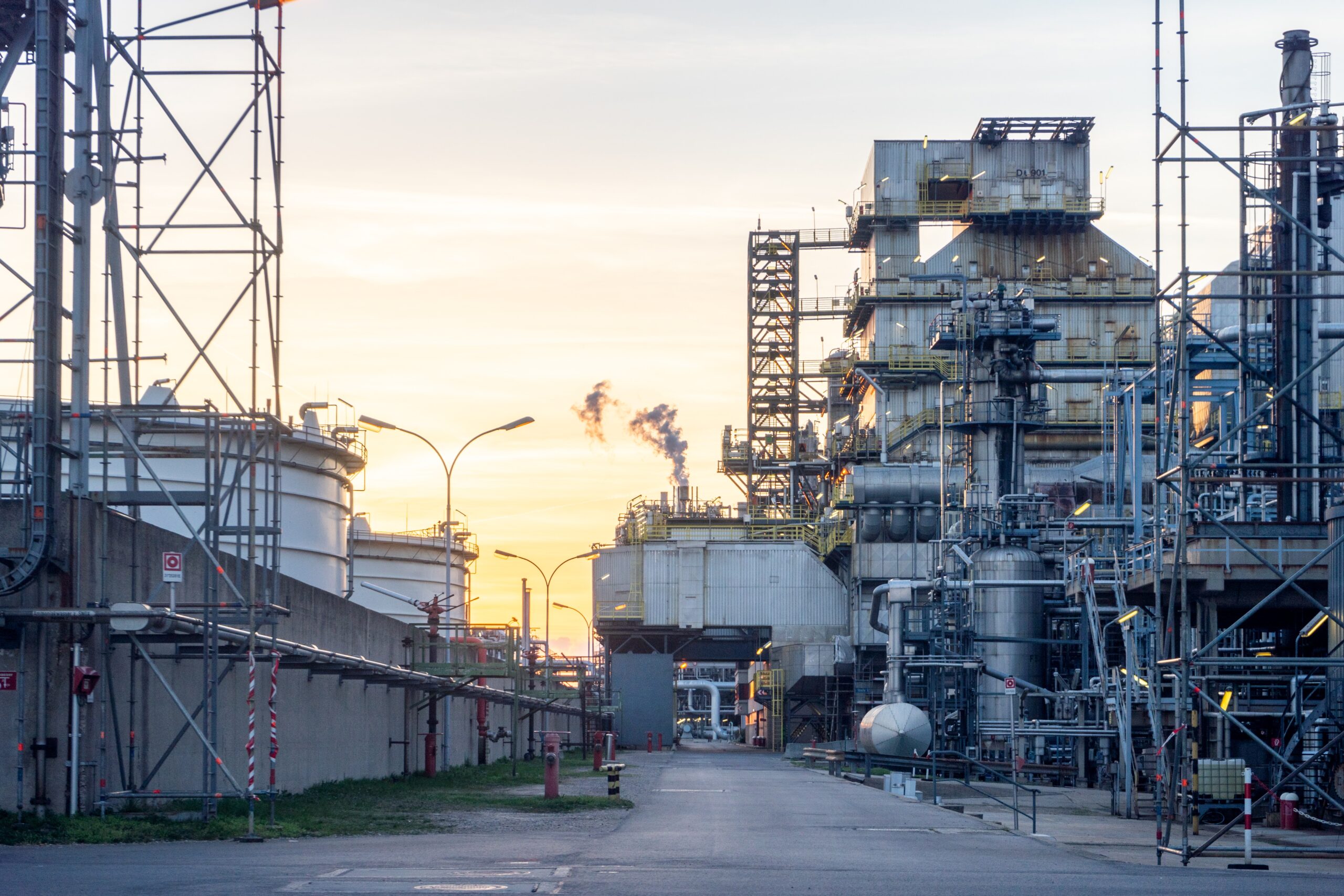In the fast-evolving offshore oil and gas industry, Floating Production, Storage, and Offloading (FPSO) units have become a game-changer for developing remote or deepwater oil fields. At the heart of these floating giants lies a complex web of piping systems, responsible for the safe and efficient transfer of hydrocarbons, utilities, and other fluids.
An effective FPSO piping study is essential in the planning and execution of any FPSO project. This study ensures that piping systems are not only designed for functionality and safety but are also optimized for space, movement, and harsh marine conditions. Let’s explore the importance, scope, methodology, and outcomes of a piping study on FPSOs.
What is an FPSO?
An FPSO (Floating Production, Storage, and Offloading) unit is a floating vessel used by the offshore oil and gas industry to process and store hydrocarbons. It is equipped to receive oil/gas from subsea wells, process it onboard, and store it until it can be offloaded to shuttle tankers or transported via pipelines.
The FPSO typically includes:
- Production modules for separation, treatment, and compression
- Storage tanks for crude oil
- Utility modules (power generation, water treatment)
- Living quarters, flare towers, helideck, etc.
What is an FPSO Piping Study?
An FPSO piping study is a multi-disciplinary evaluation of all piping systems onboard the FPSO, from early concept through detailed design. It focuses on:
- Efficient layout and routing
- Stress analysis
- Flexibility and safety
- Structural integration
- Operation and maintenance access
This study is vital for both greenfield FPSO designs and brownfield modifications.
Objectives of an FPSO Piping Study
- Ensure Safe and Functional Routing
Design piping to avoid clashes, allow access, and comply with code. - Optimize Space on a Compact Platform
Space is limited and valuable on FPSOs; piping must be strategically routed. - Address Movement and Motion Effects
Unlike fixed platforms, FPSOs are dynamic. Piping systems must accommodate ship motions. - Support Efficient Fabrication and Installation
Modularization, spool splitting, and prefab considerations are critical. - Comply with Offshore Codes & Class Requirements
Such as DNV, ABS, API, ASME B31.3, ISO standards, etc.
Scope of an FPSO Piping Study
1. Process and Utility Piping
- Crude oil, gas, water, and chemicals
- Heating and cooling media
- Fuel gas and flare systems
2. Topside to Hull Interfaces
- Transfer piping to/from cargo tanks
- Riser connections and ESD valve stations
3. Pipe Rack and Deck Routing
- Strategic placement of pipe racks
- Routing over and under modules
- Vertical piping considerations
4. Hull Piping Systems
- Ballast systems, bilge, inert gas
- Seawater intake and discharge
- Drainage systems
5. Special Systems
- Cryogenic lines (LNG FPSOs)
- High-pressure injection lines
- Firewater systems
Key Deliverables from FPSO Piping Study
- Piping Route Layouts (2D & 3D)
- Preliminary Piping MTO (Material Take-Off)
- Critical Line Identification (Stress Critical, Fatigue Sensitive)
- Pipe Support Locations and Strategy
- Space and Accessibility Reviews
- Clash and Interference Reports
- Interface Management Documentation
- Fabrication and Installation Feasibility Assessments
Tools Used in FPSO Piping Study
| Tool | Purpose |
|---|---|
| AVEVA E3D / Intergraph Smart 3D | 3D piping layout modeling |
| AutoCAD / MicroStation | 2D layout and isometric preparation |
| Caesar II / Start-Prof | Pipe stress and flexibility analysis |
| Navisworks | Clash detection and coordination |
| PDMS Review / AVEVA Review | Model walkdowns and review |
| Primavera / MS Project | Schedule alignment with construction |
Challenges in FPSO Piping Study
- Motion and Fatigue
FPSOs are subject to dynamic motions (pitch, roll, heave) which impact piping flexibility and supports. - Weight and Space Constraints
Space optimization is essential. Every meter of piping affects the vessel’s weight and center of gravity. - Modularization Requirements
Most topside piping is pre-installed in modules. Accurate routing and spool isometrics are essential for modular fabrication. - Corrosion and Material Selection
Seawater exposure and sour service conditions demand proper material selection (e.g., duplex SS, GRE, clad pipes). - Complex Interfaces
Close coordination between topside, hull, turret, and mooring systems is vital to ensure continuity and safety.
Best Practices for Effective FPSO Piping Study
- Early Involvement of Piping Engineers in concept and layout decisions.
- Conduct Multidisciplinary Model Reviews frequently with structural, electrical, and instrumentation teams.
- Use Smart 3D Modeling for efficient clash detection and layout optimization.
- Apply Pipe Stress Analysis Early to avoid costly changes later.
- Ensure Proper Tie-In Planning with hull piping, risers, and existing systems.
- Plan for Inspection and Maintenance Access (valve operability, platform access, lifting clearance).
Case Example: FPSO Revamp Project
In a brownfield FPSO upgrade project:
- The piping team had to re-route high-pressure injection lines without modifying the hull structure.
- A detailed motion analysis guided the design of expansion loops and spring supports.
- Modular skids were pre-fabricated and integrated into the topside with minimal rework, thanks to an accurate 3D piping study.
An FPSO piping study is more than just routing pipes—it’s a strategic engineering discipline that affects safety, cost, operations, and asset life. Whether you’re designing a new FPSO or modifying an existing one, investing time and effort into a comprehensive piping study will pay dividends throughout the project lifecycle.
From space optimization to dynamic stress management, Piping engineers/Designers play a vital role in the successful execution of offshore floating facilities.
Want to master FPSO piping design and layout?
Stay tuned for more insights, real-world case studies, and online course launches tailored for piping professionals!



